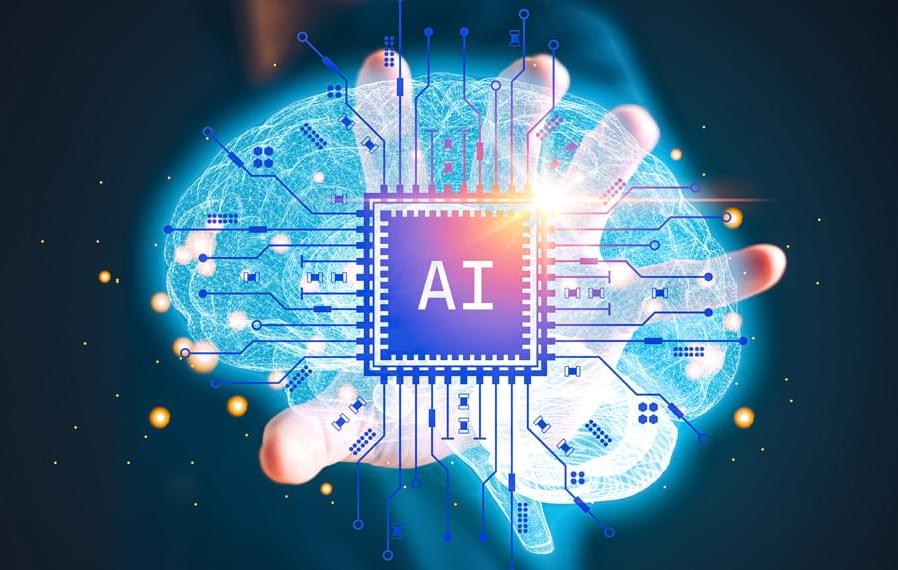Some paradoxes are mind blowing and others are… not. But why? Here are 24 paradoxes, ranked from least to most paradoxical by my former students.
Support the channel:
Patreon: / chalktalkmath.
Timestamps:
0:00 Intro.
1:39 Veridical Paradoxes.
4:14 Philosophy and Science.
9:51 (More) Veridical Paradoxes.
12:45 Infinity is Weird.
16:56 Self-referential Paradoxes.
18:50 Miscellaneous Paradoxes.
21:59 The Top Three.
24:31 Patreon Announcement.
References.
Banach-Tarski Paradox (YouTube video): • The Banach–Tarski Paradox.
Birthday Paradox (fun news article): https://www.bbc.com/future/article/20… Paradox (the calculation): https://www.nku.edu/~christensen/birt… Braess’ Paradox (blog): https://www.murky.org/blog/2020-7/bra… Gabriel’s Wedding Cake: https://www.matharticles.com/ma/ma044… Liar Paradox: https://plato.stanford.edu/entries/li… Monty Hall Problem (YouTube video): • The Monty Hall Problem Paradox of the Heap: https://plato.stanford.edu/entries/so… Ross-Littlewood Paradox (YouTube video):
• Stochastic Supertasks | Infinite Series Ship of Theseus (YouTube video with other versions):
• PHILOSOPHY — Metaphysics: Ship of The… Simpson’s Paradox (YouTube video):
• Simpson’s Paradox Simpson’s Paradox (research article): https://arxiv.org/pdf/2005.07180 St Petersburg (the calculation): https://mathworld.wolfram.com/SaintPe… Zeno’s Paradoxes: https://plato.stanford.edu/entries/pa… _______________ Created by Kelsey Houston-Edwards Website: https://www.kelseyhoustonedwards.com.
Birthday Paradox (the calculation): https://www.nku.edu/~christensen/birt…
Braess’ Paradox (blog): https://www.murky.org/blog/2020-7/bra…
Gabriel’s Wedding Cake: https://www.matharticles.com/ma/ma044…
Liar Paradox: https://plato.stanford.edu/entries/li…
Monty Hall Problem (YouTube video): • The Monty Hall Problem.
Paradox of the Heap: https://plato.stanford.edu/entries/so…
Ross-Littlewood Paradox (YouTube video): • Stochastic Supertasks | Infinite Series.
Ship of Theseus (YouTube video with other versions): • PHILOSOPHY — Metaphysics: Ship of The…
Simpson’s Paradox (YouTube video): • Simpson’s Paradox.
Simpson’s Paradox (research article): https://arxiv.org/pdf/2005.07180
St Petersburg (the calculation): https://mathworld.wolfram.com/SaintPe…
Zeno’s Paradoxes: https://plato.stanford.edu/entries/pa…
Created by Kelsey Houston-Edwards.






